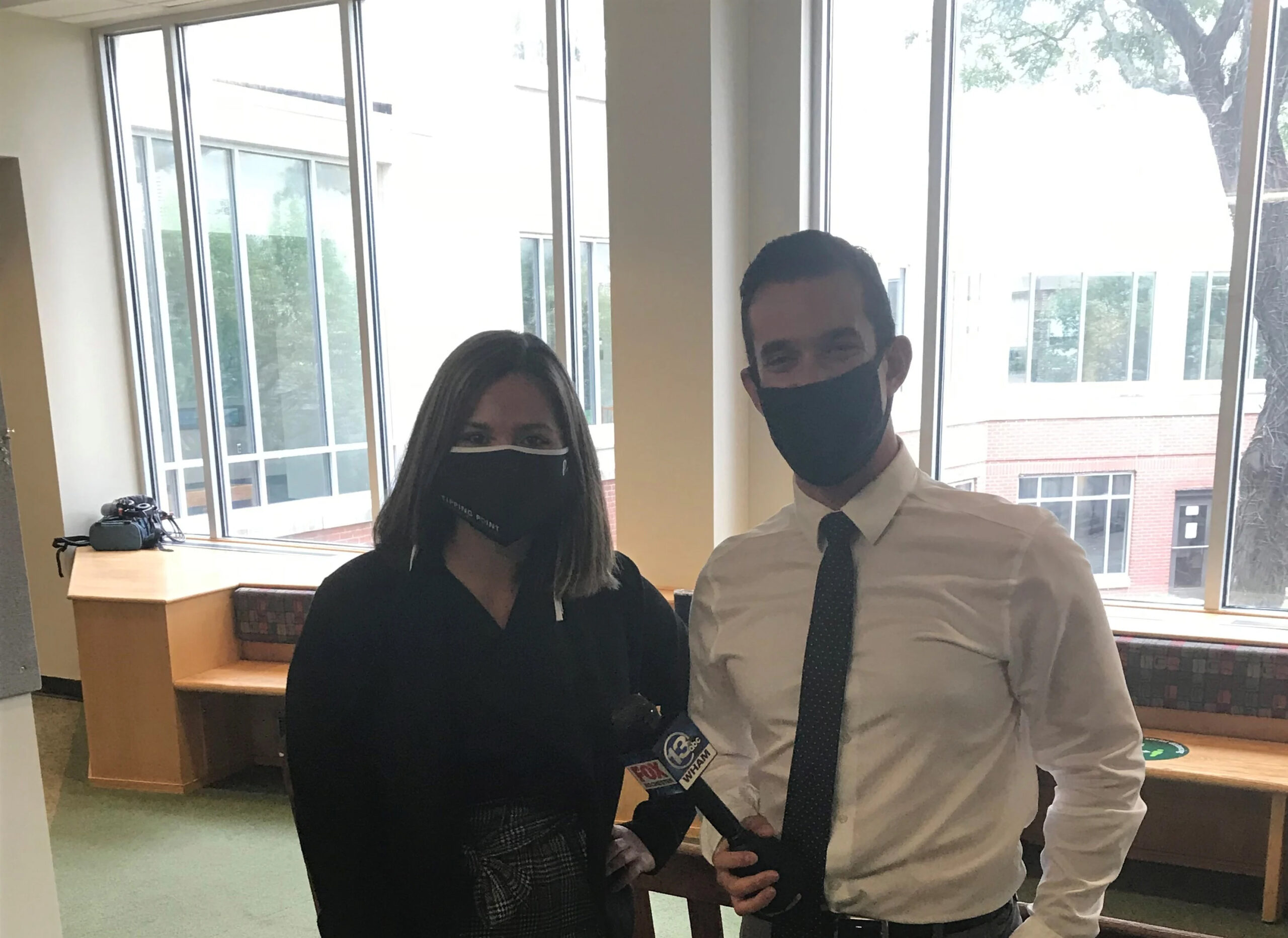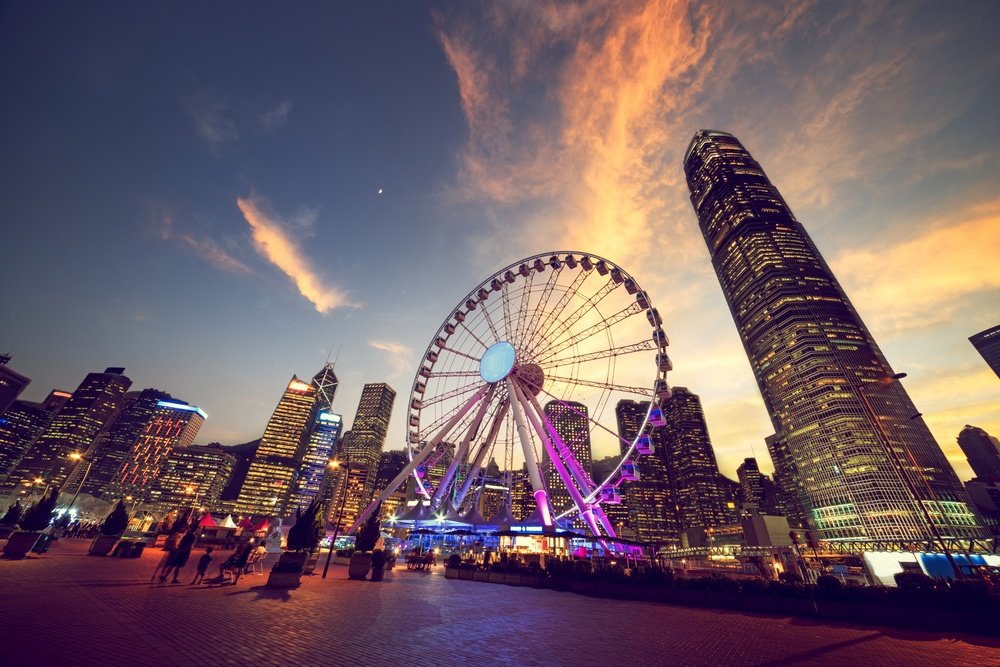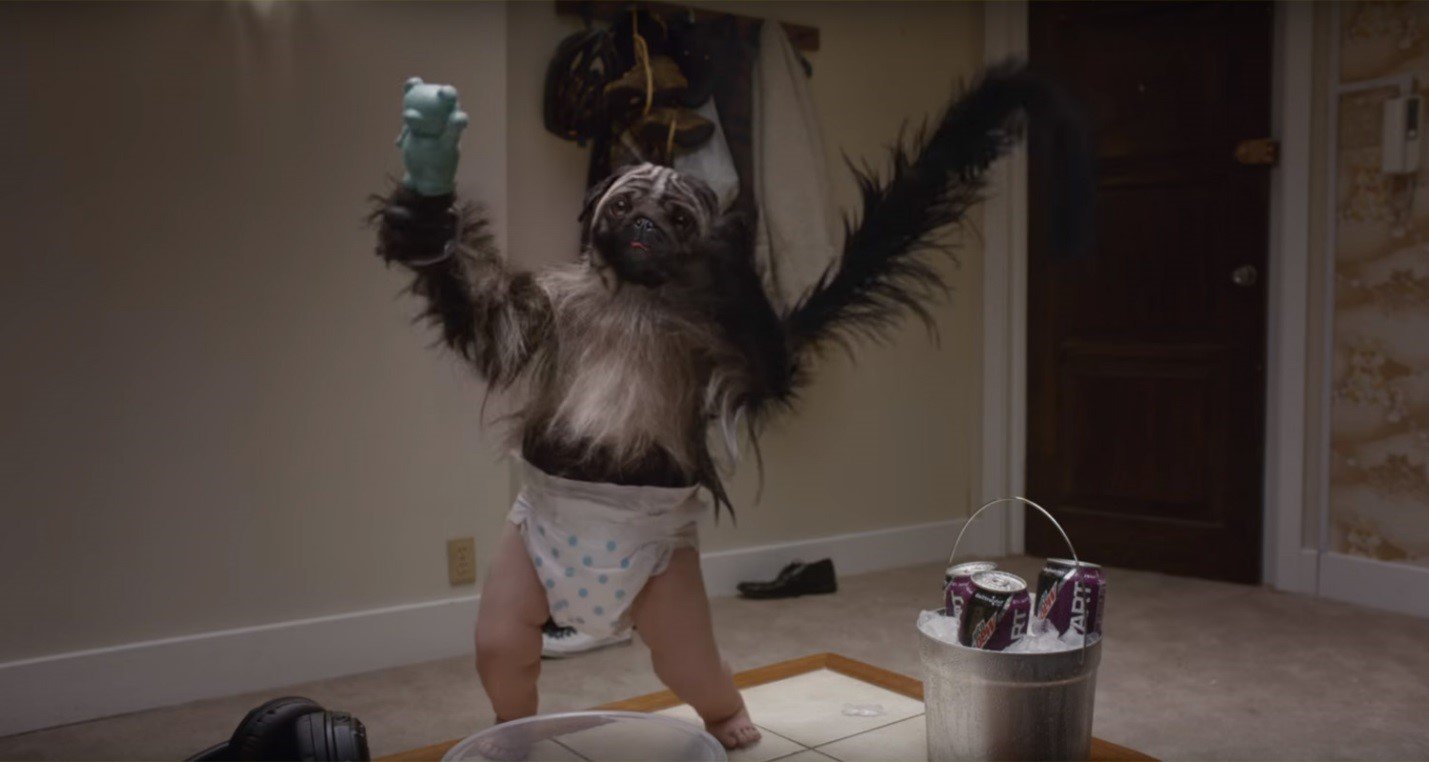
It’s no longer enough to create a laughable moment between tackles and touchdowns. Instead, Super Bowl advertisers have come to compete in a championship game of their own, vying for a shot to be this year’s AdLand MVP. But which ads are the most effective? And what elements must they have to get results?
For most advertisers, especially the Super Bowl first timers, this is a major investment with big pressure to move the sales needle. Many brands extend the value of their investment by releasing ads online ahead of the game, but Super Bowl veterans know that advertising in this game can make or break the bank if ads aren’t engaging, create a “wow” moment, and tell a story that is captivating. If your ad is all of these things, you have an opportunity to extend the shelf life of this major investment. You may even have content that will survive long after the game is over. That’s #WINNING.
To achieve impact like Apple’s crown jewel, “1984,” advertisers must consider what will make their 30 seconds more memorable than anyone else’s. And the results speak volumes. Apple sold 90% more product than projected in the first 90 days after the ad aired for the first time January 22, 1984, during a break in the third quarter of the telecast of Super Bowl XVIII.
How is this level of success achieved? To answer that, let’s look at the strategies behind some of the best and weirdest Super Bowl ads in recent history:
The Shock & Awe
Arguably the weirdest Super Bowl ad of all time, Puppy Monkey Baby sticks with us not only for its portrayal of Dr. Frankenstein’s most recent creation, but also that oddly catchy song and dance it does.
This ad, which took the 1A spot (the first ad of the first commercial break) in Super Bowl 50, set the bar impossibly high for everything that followed and made 114.4 million people collectively ask WTF?
Created by BBDO New York for Mountain Dew’s new Kickstart beverage, Puppy Monkey Baby used the Super Bowl as a stage to shock and awe the audience, igniting tremendous conversation on social media and cementing it into our brains. And the numbers don’t lie either: according to PepsiCo, Mountain Dew Kickstart’s volumes jumped 34% year over year in the first quarter of 2016.
The Plot Twist
In an unprecedented move, Nationwide received backlash for using its Super Bowl moment to raise awareness for the leading cause of childhood death: preventable accidents that happen at home.
In the 2015 spot, Nationwide served up a piping hot plate of reality during a Super Bowl ad break that is typically filled with light-hearted, sales-oriented messaging. By going against the grain, the insurance provider achieved the desired response: Start a conversation. And start a conversation it did.
Even though Nationwide wasn’t advertising to gain likeability or even sell insurance, consumers rather loudly voiced that they didn’t like how the end of the ad revealed that the child was speaking posthumously. Ultimately, Nationwide’s CMO resigned in the months following the airing and the company’s tactical fear-mongering left us all haunted by the boy in the ad.
The Culturally Relevant
In case you’ve forgotten, in 1999, everyone was saying “Waaasssup?” The ad geniuses at DDB and Budweiser are responsible for creating a phenomenon that had everyone answering the phone that way. And caller ID wasn’t around yet!
Using a brilliant blend of cultural relevance and comedy, Budweiser’s “Wassup” campaign is still remembered 18 years after its inception because of its simple, recurring catchphrase and the consumer adoption that followed.
Positioning Budweiser as a brand synonymous with popular culture, “Wassup” was so successful that it lived on through several iterations, one of which included aliens, and even got a cameo of sorts in the Scary Movie franchise. Of the ads, then vice president of Anheuser-Busch, August A. Busch IV said: “In our lifetimes, we’ll never see so much value created from a single idea.” Budweiser became a “hipper, cooler” brand and the company’s worldwide sales (not just Budweiser) grew by 2.4 million barrels that year.
You don’t have to be a big, national company to advertise in the Super Bowl. Local companies can buy local avails within the game and halftime. What will you do to make sure your brand sees a positive ROI and makes a lasting memory? Or, come to the #AMA Super Bowl Ad Review on February 8th to tell us what you think http://bit.ly/2knB8ES.
{{cta(‘ca16cf25-4430-47bb-b37b-fcfa6880578d’,’justifycenter’)}}

